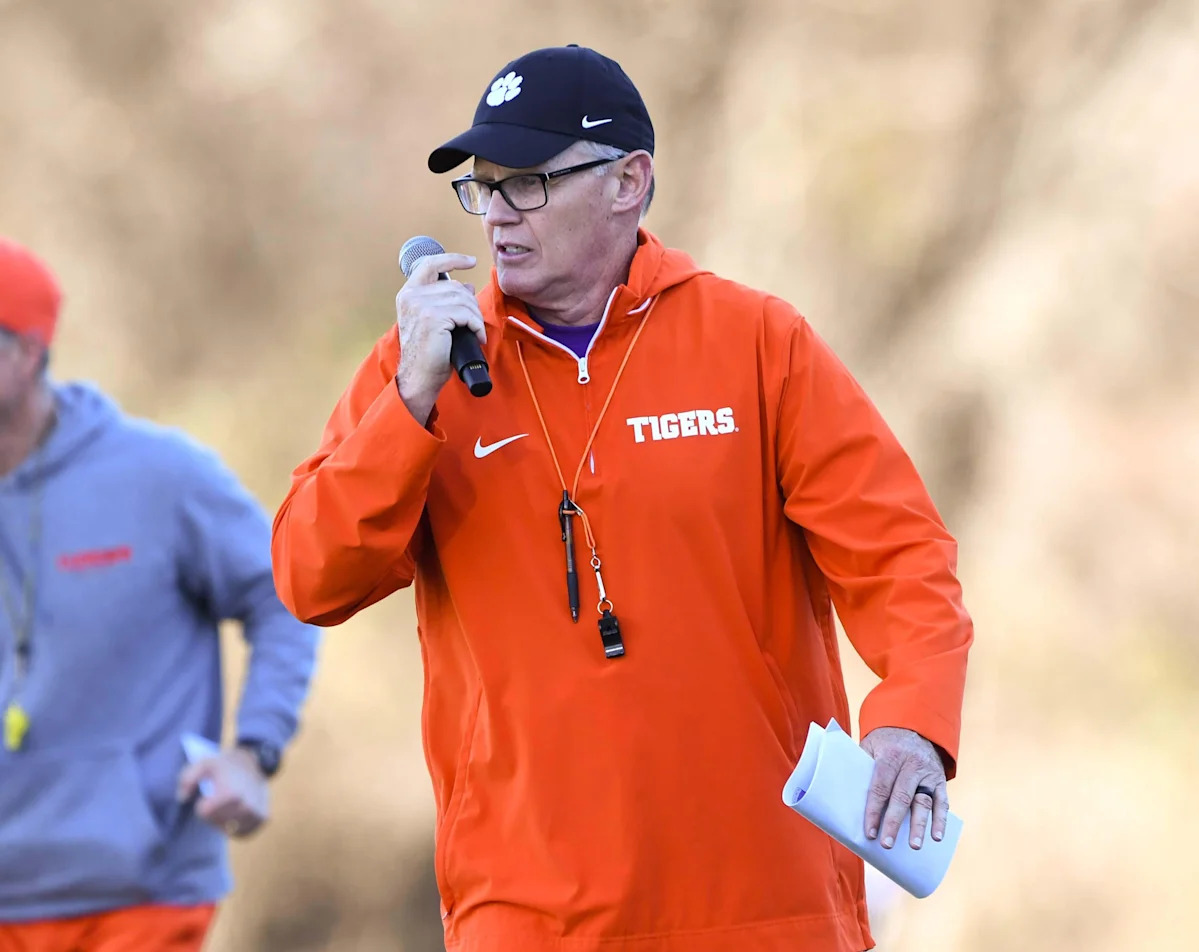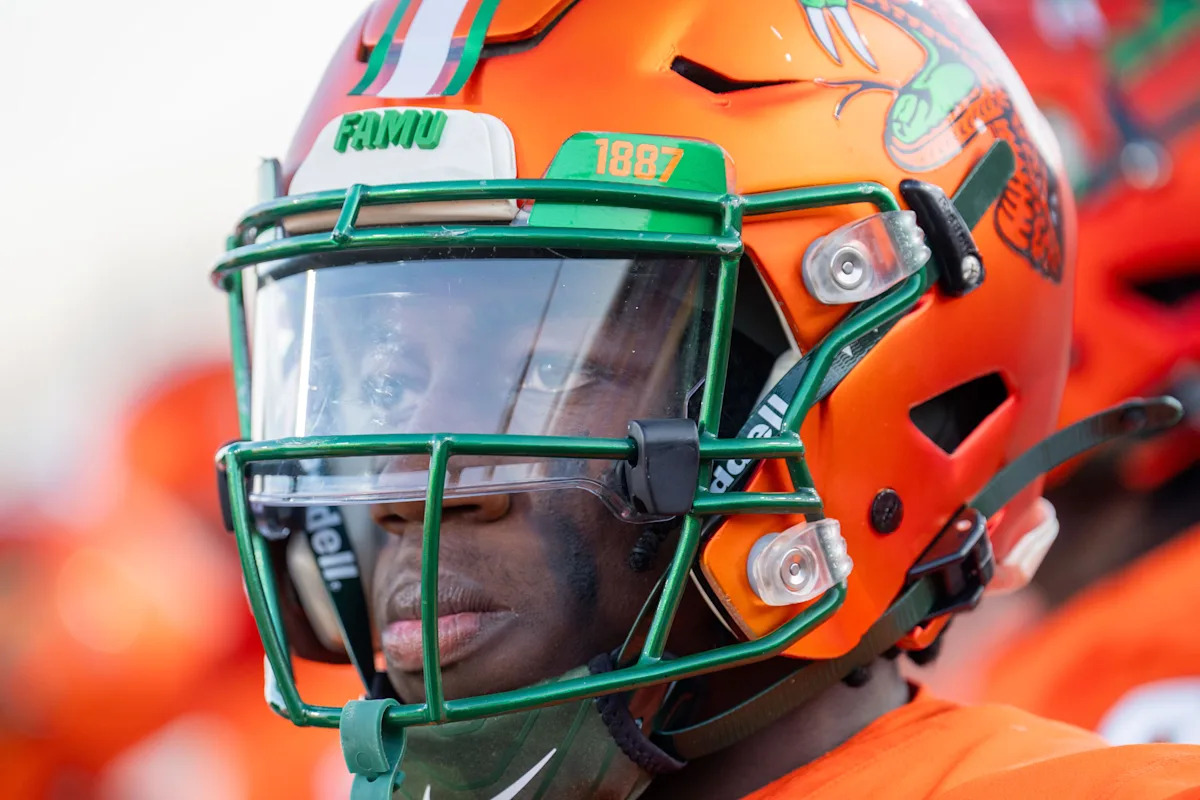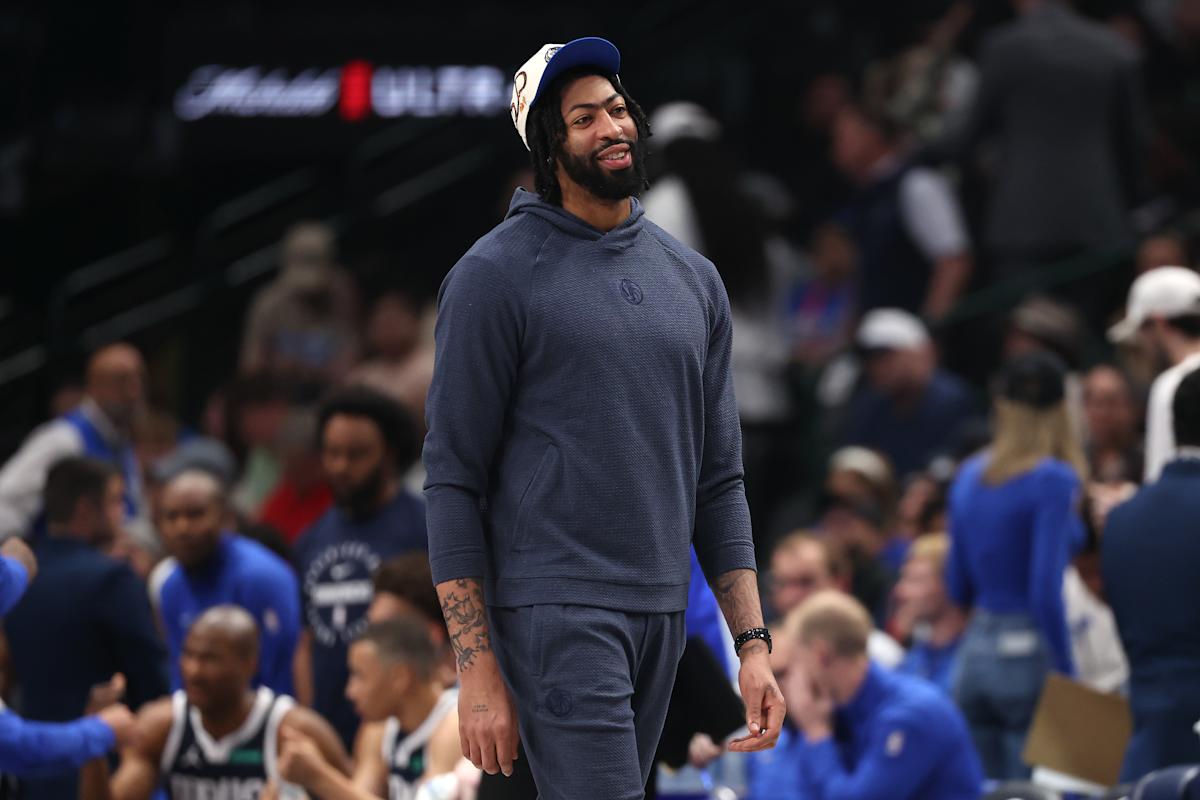Arizona fell in the standings after three losses in four games. But our TRACR model thinks the Wildcats are still an elite team.
February was a roller coaster of a month for the Arizona Wildcats.
It started with three straight wins, including a double-digit victory over now-ranked BYU and a nine-point win against ranked Texas Tech. Arizona reached No. 13 in the AP Poll, marking the first time the team had been in the top 15 since Week 2.
It looked like a team that was seen as a real title contender entering the season was starting to round into form before March. But then things took a turn for the worse.
The Wildcats lost three of four games, falling to No. 22 in the poll and out of the thoughts of most as a true contender.
After an 83-66 win at home against Utah on Wednesday, Arizona has to travel to Ames to take on the No. 9 Iowa State Cyclones in Big 12 play on Saturday night. A loss there might drop the Wildcats out of the rankings entirely.
In terms of an Arizona vs. Iowa State prediction, our model gives the Wildcats a 48.0% chance of winning. Back at home on Jan. 27, Arizona beat the then-No. 3 Cyclones 86-75 in overtime.
But it would be foolish to write off a team as talented as Arizona because of a tough stretch in February. And if you look more closely, you’ll see a team that still has the chance to make noise come NCAA Tournament time.
More From Opta Analyst
Defensible Losses
Each of Arizona’s three losses in February were defensible.
The first loss was the worst, a 73-70 defeat on the road at the hands of Kansas State, a team that is currently riding a four-game losing streak and sits at 13-15 on the season.
But Kansas State was playing its best ball of the season. The win against Arizona was Kansas State’s sixth in a row, with four of those coming against ranked teams. Arizona star Caleb Love had his worst game of the season, shooting 3 of 15 from the field for a season-low six points.
After a big win at home, Arizona went on the road against a hot team and had a letdown. It’s common in college basketball.
Next came a loss against Houston that slipped from the Wildcats’ grasp at the last minute. Carter Bryant hit a layup with 57 seconds left to cut Houston’s lead to one, but Arizona couldn’t get a stop on the ensuing possession and ended up losing 62-58. A four-point loss to a team TRACR ranks among the top three in the country is hardly a sign of a failing team, either.
The final loss was to aforementioned BYU. Richie Saunders hit two free throws with 3 seconds left to give BYU a 96-95 win and avenge an 85-74 loss 18 days prior.
If you think a loss is a loss, you might think Arizona’s three recent losses mean the team isn’t that formidable. But it’s hard to argue that a close loss to Houston is a huge indictment of a team, and the split with BYU looked better for Arizona than it did for the now-ranked BYU based on point differential.
TRACR still ranks Arizona in the top 10 because it’s not as reactive to close losses as the public. The team has shown it can beat quality teams in the past; the Wildcats are one of only 11 teams in Division I with five or more wins against teams ranked in the AP Top 25.
And, despite one of the toughest schedules in the country (Duke, Wisconsin, UCLA and all the Big 12 powerhouses), Arizona has one of the 15 best point differentials among major conference teams.
So, despite a recent slide, Arizona has proven it can hang with the best teams in the country. But what can get the Wildcats over the top against the elites?
A return to form from the team’s best player.
Higher Love
If Arizona is to meet expectations, Caleb Love will need to do the same. The Wildcats can only unlock their offense if Love elevates his game and plays like a someone predicted to be an All-American in the preseason.
Love has been a very good player this season (top 30 in WAR) but he hasn’t been one of the best players in the league. And he’s struggled mightily against the best teams in Division I, averaging just 12.4 points per game against Top 25 teams.

When Love has struggled, his answer has been to launch even more 3s. It’s understandable, because the Arizona perimeter attack has very limited spacing as it is. Love is only shooting 31.3% on 3-pointers this season, but he’s a better shooter than that number indicates.
Love has a lightning-quick release and can heat up in a hurry from outside when he’s shooting well. Despite his struggles, defenders won’t leave him alone on the perimeter, so his gravity helps open space for his teammates. With Anthony Dell’Orso as the only Wildcat that shoots 3s at a semi-high volume and a high percentage, Love probably feels a lot of pressure to continue taking a lot of 3-pointers. He’s hit 70 of his team’s 191 total 3-pointers this season.
The 3-point shot is unquestionably a big part of Love’s game and he’s shown signs the last couple of games of shooting out of a prolonged slump. After a horrid 3-for-28 stretch on 3-pointers over a four-game span, Love has shot a combined 10 of 21 from 3 his last two games.
The 3-pointers going in seems to have energized Love back into some good habits as well. Some players start taking the ball to the hoop when their jumpers aren’t falling, but Love seems to be more confident in the rest of his game when his jumpers go in and defenders have to be extra careful about letting him shoot.
Love has shot 14 free throws over his last two games, his most over a two-game span this season. In both games, he’s had 20 or more points and five or more assists, something he had done just twice all season leading into the BYU game. Love has a good right-handed finish when he can get to the lane, and hits shooters in the shooting pocket on passes off a live dribble. He’s not a point guard, but he’s capable of making simple reads off his drives and forcing defenses to make tough decisions.
If Love is making good decisions and hitting jumpers, Arizona’s pecking order falls into place offensively. Jaden Bradley and KJ Lewis are both adept at attacking a leveraged defense and making the right plays, but Love has to be the one to bend that defense initially. He’s versatile in terms of where he receives the ball, coming off pin downs or taking it himself from the top of the key. But he has to be the one who bends the defense initially to get the offense moving.
And he has the tools to be that kind of difference-maker; he just needs to be a lot more consistent down the stretch.
Defensively, the Wildcats follow a defensive plan similar to Texas A&M and Tennessee. Arizona allows the fifth-most 3-point attempts per game among major conference teams, but it holds opponents to a 31.7 shooting percentage on 3s. Arizona has two players in the top 50 in defensive VAPR in Henri Veesaar and Carter Bryant.
Overall, Arizona isn’t in the inner circle of title contenders with the likes of Auburn, Houston and Duke. However, the best version of the Wildcats is a championship contender and that version depends on getting peak Caleb Love.
Enjoy this? You can also follow our social accounts over on X, Threads, Bluesky and Facebook.






















